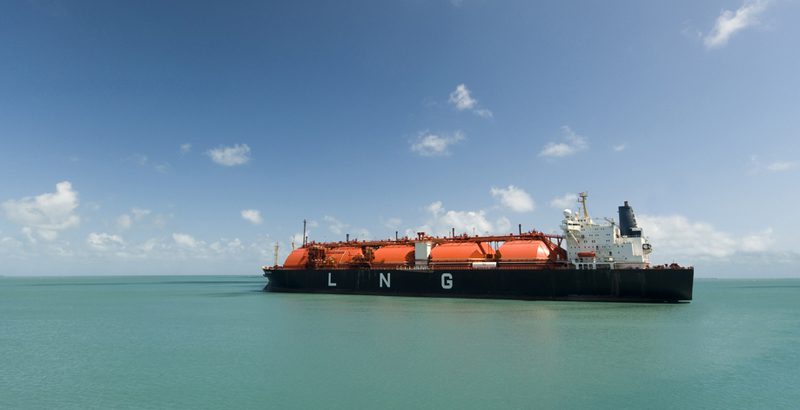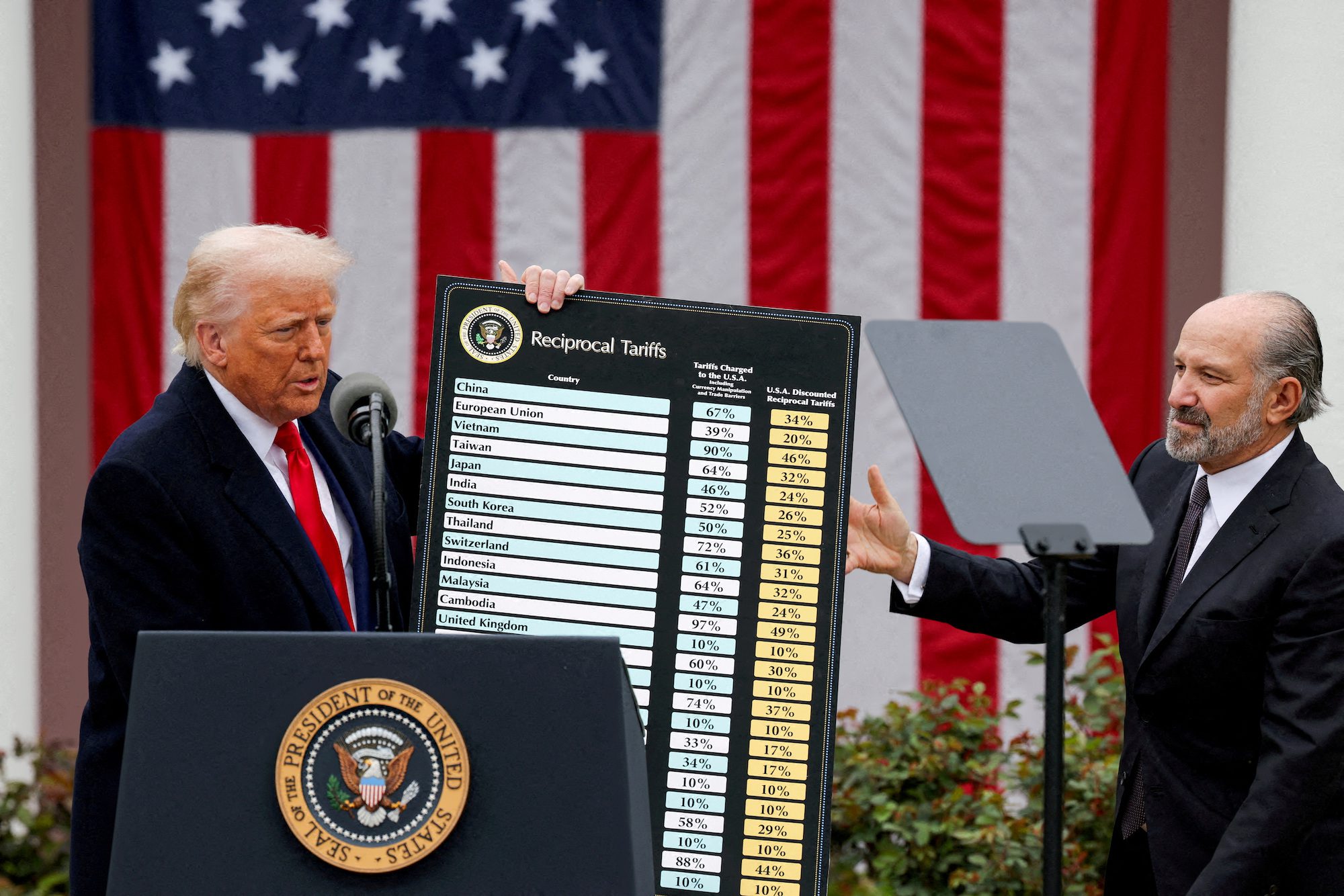
(Bloomberg) — The biggest collapse in European demand for liquefied natural gas in at least 12 years and record Asian imports are sending fuel cargoes an extra 9,800 miles around the globe and boosting tanker rates to the highest ever.
European consumption will drop 20 percent in 2012 as Asian usage jumps 11 percent, according to Sanford C. Bernstein & Co. That’s spurring traders to ship LNG imported into Europe from as far away as Qatar back on the same route and then on to Japan. Vessel rates will rise 54 percent this year, the median of six analyst forecasts compiled by Bloomberg shows. Shares of Golar LNG Ltd., which operates nine of them, will gain 26 percent in the next 12 months, according to the average of 12 estimates.
As European economies stagnate, Japan is importing more fuel than ever as it replaces nuclear power shut off after the earthquake and tsunami in March 2011. Two of 50 nuclear plants are operational and LNG prices in the nation, the biggest importer of the fuel, are about 44 percent higher than in Europe. The biggest shortages in the LNG industry are in shipping as the cargo surge overwhelms the fleet’s capacity, according to the Paris-based International Energy Agency.
“The shipping market will remain as tight as it is for the next two years,” said Fotis Giannakoulis, an analyst at Morgan Stanley in New York. “The weak European economy is not helping demand and they have excess capacity, so these imported volumes are available to be sent to Asia.”
Suez Canal
Some of the cargoes shipped to Asia originally came from Qatar, the largest exporter to Europe. The journey from Qatar to Spain via Egypt’s Suez Canal is about 5,900 miles, and from Spain to Japan using the waterway is 11,500 miles, according to ACM Shipping Group Plc, a London-based shipbroker. Qatar to Japan is about 7,500 miles. European consumers are importing the LNG under long-term contracts that often don’t allow a change of destination, Giannakoulis said.
Shipping costs reached a record $150,000 a day last month, according to Arctic Securities ASA, an investment bank in Oslo. They will average $152,000 this year, the Bloomberg survey showed. Returns surged from as low as $36,000 in the middle of 2010 as ship owners failed to keep pace with an expansion in the supply of LNG, liquefied by cooling natural gas to about minus 160 degrees Celsius (minus 256 degrees Fahrenheit).
Golar, based in Hamilton, Bermuda, will report a more than threefold gain in net profit to a record $170.8 million for this year, the mean of 13 analyst estimates compiled by Bloomberg shows. Shares of the company fell 13 percent since the start of January in New York as the Lloyd’s List-Bloomberg Top 50 Shipping Index of the largest companies declined 4.4 percent.
Import Terminals
At least 38 cargoes have been re-exported from terminals in Spain, Belgium and France and taken to Asia or South America this year, ship-tracking data compiled by Bloomberg and information on the website of Enagas SA show. The data capture vessels sailing from one European import terminal to another and then sailing to a different continent and compare with 12 for the whole of 2011, according to the International Group of LNG Importers, which represents 68 companies in 21 countries.
One million British thermal units of LNG for delivery in one to two months is priced at $14 in northeast Asia and $9.70 in southwest Europe, according to World Gas Intelligence, a research company. The difference of $4.30 compares with a shipping cost of $3.93, Arctic Securities estimates.
While that implies profit even with the jump in freight rates, Asian prices are now declining in part because of the additional supply from Europe. LNG costs have fallen for seven consecutive weeks in northeast Asia to the lowest this year, World Gas Intelligence estimates. Japan paid a record $17.04 per million BTU in May, according to LNG Japan Corp.
Additional Cargoes
Slowing growth in China and Japan and contracting economies across Europe may curb energy demand. Natural-gas consumption fell 2.5 percent in 2009, the biggest drop in at least 44 years, as nations endured the worst recession since World War II, data from London-based BP Plc show.
Shipping rates may halt their advance next year because the anticipated additional cargoes will require five new tankers, while 22 are projected to join the fleet, according to Evercore Partners Inc., an investment bank in New York. Outstanding orders at ship yards are equal to 22 percent of existing capacity, estimates IHS Inc., an Englewood, Colorado-based research company.
Continued gains in cargo diversions may further increase demand. The economy of the 17-nation euro zone will contract for at least three more quarters, according to the mean of as many as 20 economist estimates compiled by Bloomberg. Regional factory output fell 2.8 percent in May compared with a year ago, government data show. Industrial demand accounted for 21 percent of all gas consumption last year, according to the IEA.
Winter Demand
Each tanker holds about 155,000 cubic meters (5.5 million cubic feet) of LNG that expands to 95 million cubic meters in gas form, equal to about 25 percent of peak daily winter demand in the U.K., Europe’s biggest gas market.
Awilco LNG AS, which operates three tankers, will report net income of $41.9 million for this year, from a loss of $3.26 million in 2011, the mean of six analyst estimates shows. Shares of the Oslo-based company fell 14 percent to 24.5 kroner ($4.02) since the start of January and will reach 38.07 kroner in 12 months, according to the average of six forecasts.
The shortage of LNG vessels contrasts with a glut across most of the merchant fleet. The Baltic Dry Index, a measure of rates for shipping iron ore and coal, slumped 41 percent this year, Baltic Exchange data show. The largest oil tankers are losing money on their benchmark voyage from Saudi Arabia to Japan, according to the London-based bourse, which publishes costs along more than 50 maritime routes.
Investment Banking
While New York-based Bernstein estimates global trade in LNG will expand 3 percent this year to a record 243 million tons, the distances involved in shipping cargoes to Asia will tie up vessels for longer periods. Demand for LNG carriers will rise 15 percent this year, more than three times faster than fleet growth of 4.6 percent, according to RS Platou Markets AS, the investment-banking unit of Norway’s largest shipbroker.
“Re-exports from Europe are propping up this market,” said Erik Nikolai Stavseth, an analyst at Arctic Securities in Oslo whose recommendations on shipping companies returned 17 percent in the past year. “They double up miles for cargoes.”
– Isaac Arnsdorf, Copyright 2012 Bloomberg
Image (c) Shutterstock/[email protected]

 Join The Club
Join The Club












